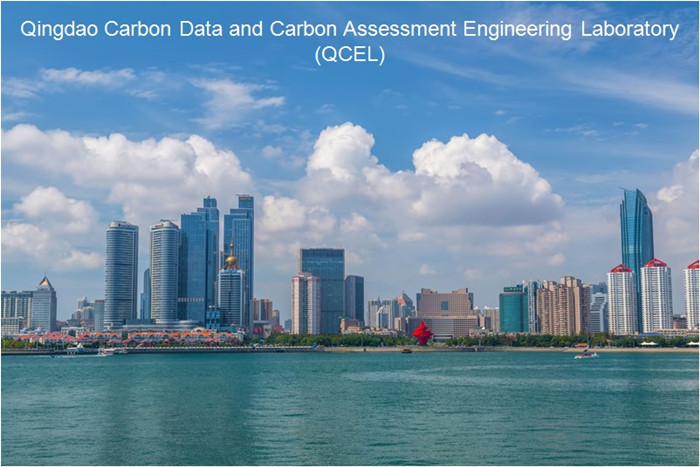As a pioneering lab, QCEL aims at acquiring and evaluating local carbon emission data, studying and establishing methods, tools and modeling, and proposing practical proposals for low-carbon strategy of Qingdao. This municipal carbon data/assessment engineering lab is supposed to address such bottlenecks as inaccuracy and decentralization of fundamental data and inapplicability of international mature approaches, during Qingdao and China's decision-making on climate change and low carbon development.
Currently, QCEL has good foundation on carbon emission data collection, measurement and analysis, data platform construction, strategic planning, and related method and tools development, after working for over three years in this field. However, such work could not be singly accomplished without national and international cooperation. QIBEBT, where QCEL is based, is coordinating well with Qingdao government to access carbon emission data from different sources before initiating this lab. QIBEBT has worked actively with partners domestic and aboard, such as the Energy Foundation China (EFC), C40 Cities Climate Leadership Group (C40), Rocky Mountain Institute (RMI), Institute for Sustainable Community (ISC), Alliance of Peaking Pioneer Cities of China (APPC), and Renmin University of China, to cooperate on projects on climate change.
QCEL is now open to more international collaboration.
Qingdao, a host city for regatta competitions of 2008 Olympic Summer Games, has paid much attention to climate change. The establishment of the lab is of great significance to evaluate the carbon emission and propose reduction solutions for this city and for other ones. As one of the most livable cities in China, Qingdao leads the low-carbon life and, more foresightedly, low-carbon research in the country.
Note that the abovementioned carbon emissions measure the total emissions of greenhouse gases in a certain context of economy, society, and environment over a period of time. The carbon emissions count six types of greenhouse gases, including carbon dioxide (CO2), methane (CH4), nitrous oxide (N2O), perfluorocarbons (PFCs), hydrofluorocarbons (HFCs), and sulfur hexafluoride (SF6). Each type of greenhouse gas is converted to an equivalent value of carbon dioxide.

Qingdao Carbon Data and Carbon Assessment Engineering Laboratory (Image by QCEL)